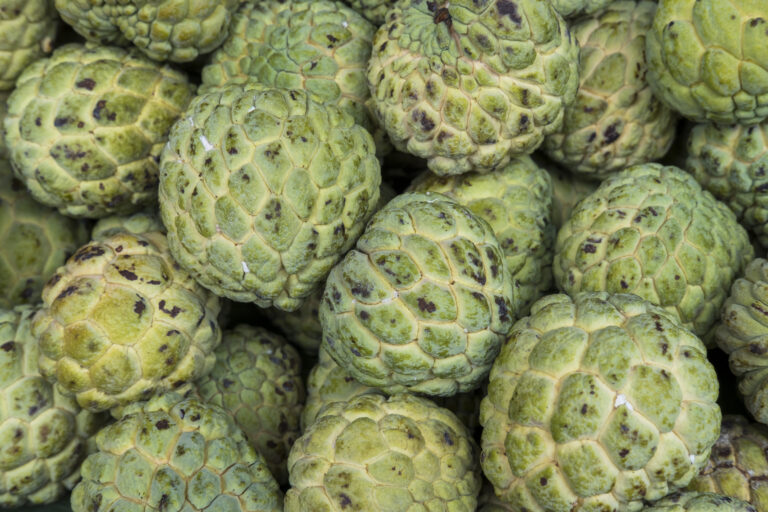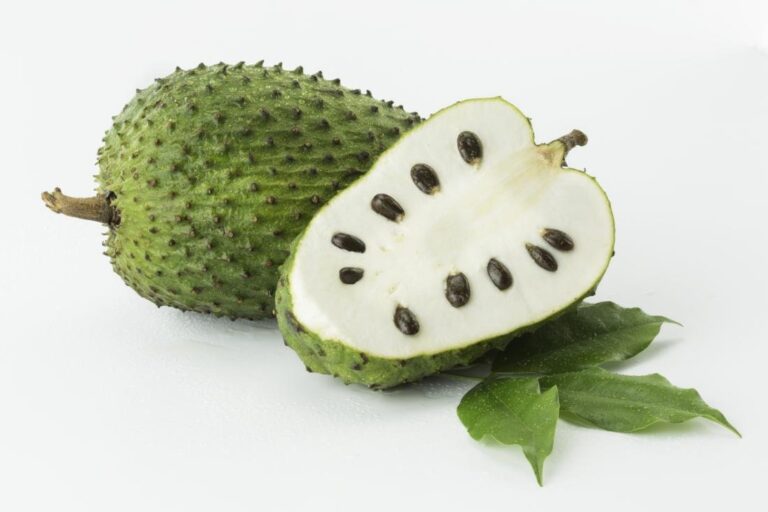Overview
Rumination disorder is a relatively rare behavioral disorder characterized by the repeated vomiting of food that occurs after eating.
In individuals with rumination disorder, the regurgitated food is brought back into the mouth, re-chewed, re-swallowed, or spit out. Importantly, this regurgitation is not due to a medical condition like gastrointestinal issues, and there is no apparent nausea, retching, or disgust associated with it.
Rumination usually happens within the first 30 minutes following a meal. It is considered a functional gastrointestinal disorder and is believed to be related to a learned behavior rather than a physiological issue.
Rumination disorder can affect both children and adults.
Causes of Rumination Disorder
The exact causes of this disorder are not fully understood, and it likely involves a combination of psychological, behavioral, and environmental factors.
Rumination disorder may be linked to stress or anxiety. Individuals experiencing high levels of stress or anxiety may develop maladaptive coping mechanisms, such as the repetitive regurgitation of food.
It’s important to note that rumination disorder is considered a clinical diagnosis, and a healthcare professional, such as a psychiatrist, psychologist, or a pediatrician, should be consulted for a comprehensive evaluation.
Symptoms
The symptoms of rumination disorder typically involve repeated regurgitation of food after meals, often without any apparent nausea, retching, or disgust. Here are the key symptoms:
- Effortless regurgitation, typically within minutes of eating.
- Belly pain or pressure relieved by regurgitation.
- A feeling of fullness.
- Nausea.
- Losing weight without trying.
Rumination disorder can affect both children and adults, but the presentation of symptoms may vary.

Is Rumination an Eating Disorder?
Yes, rumination disorder is considered an eating disorder. It is classified as a feeding and eating disorder in the Diagnostic and Statistical Manual of Mental Disorders (DSM-5), which is a widely used manual for diagnosing mental health conditions.
Unlike other eating disorders, such as anorexia nervosa or bulimia nervosa, where the focus may be on body image, weight, or shape, rumination disorder is primarily characterized by the regurgitation behavior.
If you or someone you know is showing signs of rumination disorder, it is important to seek professional help from a healthcare provider or mental health specialist for a proper diagnosis and appropriate treatment.
Diagnosis
Diagnosing rumination disorder involves a comprehensive evaluation conducted by a healthcare professional, typically a mental health specialist or healthcare provider.
This assessment includes gathering information about the individual’s medical history, eating habits, and symptoms related to the regurgitation of food.
A physical examination is often performed to rule out any potential medical causes, differentiating rumination disorder from other gastrointestinal issues.
Additionally, a psychological evaluation assesses underlying mental health conditions, stressors, or emotional factors contributing to the disorder.
Nutritional Assessment and Meal Plans
Nutritional assessment and meal planning are integral components of the comprehensive care provided to individuals dealing with this disorder.
When addressing the unique nutritional challenges associated with this condition, a thorough initial evaluation becomes paramount.
Healthcare professionals, often in collaboration with registered dietitians, conduct physical health examinations, including blood tests, to gauge the individual’s nutritional status and identify any deficiencies or underlying medical conditions. The customization of meal plans follows, taking into account factors such as age, gender, weight, and medical history.
Treatment
The treatment of rumination disorder often involves a multifaceted approach that addresses both the behavioral aspects and any underlying psychological factors contributing to the disorder. Here are common components of the treatment:
- Behavioral Therapy
- Cognitive-Behavioral Therapy (CBT)
- Nutritional Counseling
- Medical Evaluation and Management
- Family Therapy (for children)
- Support Groups
Treatment plans are individualized based on the specific needs and circumstances of each person.
Outlook
In the treatment of this disorder, nutritional assessment and meal planning play pivotal roles in supporting overall health and well-being. The collaboration between healthcare professionals and registered dietitians ensures a holistic approach that addresses both the physical and psychological aspects of the condition.
Tailored meal plans, coupled with ongoing monitoring and support, contribute significantly to the journey of recovery for individuals with rumination disorder.
Also, check out Why Paleo Diet is Unhealthy.














